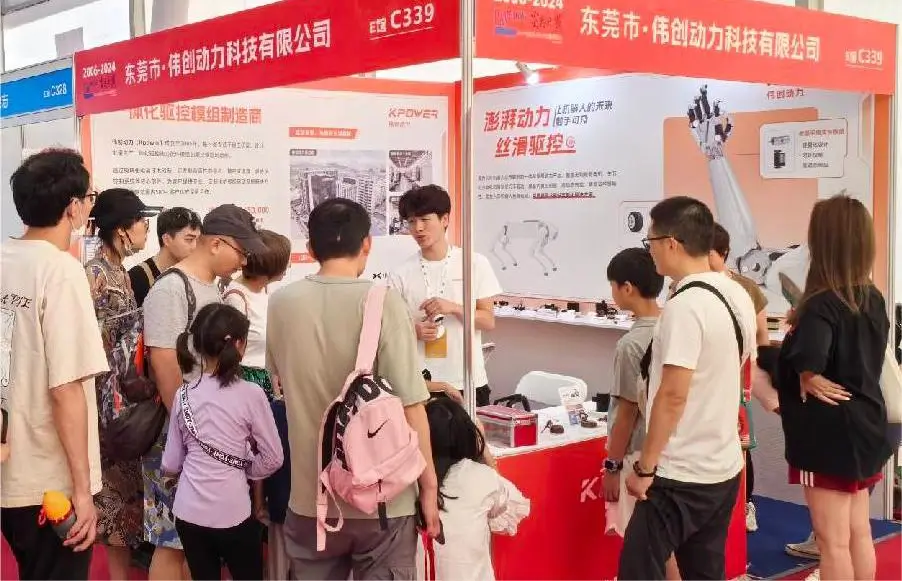The MG995 servo motor stands as a marvel in the realm of robotics and hobby electronics, captivating both beginners and seasoned engineers with its robustness and high torque capabilities. Its versatility is admired across a spectrum of applications, from small DIY robotic arms to complex automated systems. But to truly unlock its potential, understanding the pinout configuration—the way its electrical connections are laid out—is fundamental.

Whether you're designing a robotic arm, building an automated camera gimbal, or integrating the MG995 into a custom project, mastering its pin connections ensures your setup functions smoothly, efficiently, and safely. In this guide, we explore what the MG995 is, its key features, and most importantly, how to identify and connect its pinout properly.
What is the MG995 Servo Motor?
Before diving into the pinout specifics, let's review what sets the MG995 apart. It is a standard-size servo motor with a metal gear train, known for its high torque—up to 13 kg.cm (approximately 180 oz.in)—and a fast response time. Unlike smaller servos, the MG995 can handle demanding applications, making it a favorite among robotics enthusiasts.
It operates on a voltage range typically between 4.8V and 7.2V, with most users powering it directly from a 5V power supply or battery pack. Its standard pulse width modulation (PWM) interface makes it compatible with most microcontrollers like Arduino, Raspberry Pi, and others.
The Anatomy of MG995
Understanding the physical structure and internal components helps clarify its pinout. The MG995 generally features:
A sturdy metal gearbox (for durability) A motor windings assembly An internal potentiometer for position feedback (though often not accessible externally) Three external wires: power, ground, and signal
The external wires are the primary focus since they connect the servo to your control system or power source. Let’s examine them closer.
The Three Main Wires
Power (V+ or +V): Supplies voltage to the servo motor. Usually a red wire. Ground (GND or -V): Completes the electrical circuit. Typically black or brown. Signal (PWM control): Carries the PWM signal that commands the servo position. Usually yellow or white.
While these color conventions are common, they are not universal, and some MG995 units might vary slightly in wire color. Therefore, always verify with datasheets or testing before powering.
Pinout Configuration
In most standard MG995 servos, the electrical connection is configured with these pins in a consistent arrangement:
Pin 1: Power (V+) Pin 2: Voltage Ground (GND) Pin 3: Signal (PWM)
This sequence is often observed from the bottom of a standard servo connector, which is keyed in such a way to avoid incorrect connections.
Connector Types
Most MG995 servos come with a standard 3-pin female connector compatible with typical hobbyist breadboards, Arduino servo headers, or custom wiring setups. The connectors are typically in a JST or similar standard, and they include locking features to prevent accidental disconnection during operation.
How to Identify the Pins?
If your MG995 servo isn’t factory labeled, or if you’re working with a spare or third-party clone, here are methods to identify the pins:
Color coding: Red for power, black or brown for ground, and yellow or white for signal. Multimeter testing: With the servo unpowered, set your multimeter to continuity mode and test between pins to verify connections. Consult datasheets: Official datasheets or product manuals supply exact pin configurations.
In the next part, we will explore detailed wiring diagrams, troubleshooting tips, installation best practices, and advanced modifications to optimize your MG995 servo performance. Stay tuned!
Established in 2005, Kpower has been dedicated to a professional compact motion unit manufacturer, headquartered in Dongguan, Guangdong Province, China.




































